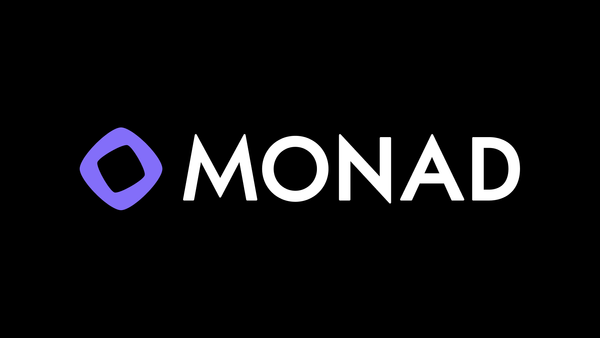Dill - The Most Scalable Data Availability Network

Dill is a high-scalable and highly secure next-generation DA (Data Availability) network
Dill aligns with the Full Danksharding technical solution in Ethereum’s future roadmap, adopting core technologies such as subnet sharding, 2D EC (Erasure Coding), KZG (Kate-Zaverucha-Goldberg), and DAS (Data Availability Sampling). It provides scalability that is 10 to 100 times greater than other current DA networks.
Dill is a permessionless and decentralized PoS (Proof of Stake) network that supports millions of validators. It enables BTC staking and restaking for participation in the PoS network consensus, further enhancing the network’s security.

Dill adopts the same 2D EC (Erasure Coding) scheme as Full Danksharding and utilizes 64 subnets. It supports a maximum of 512 blobs, providing a scalability of 5MB/s.
In addition to the 2D EC scheme, Dill incorporates other technologies such as KZG (Kate-Zaverucha-Goldberg) polynomial commitments, lightweight node DAS (Data Availability Sampling), and DHT (Distributed Hash Table) network.
Full Danksharding, also known as 2D PeerDAS, is the ultimate solution for Ethereum’s DA (Data Availability) and addresses the “1-N” problem in Ethereum’s layer2-centric scaling roadmap.Full Danksharding adopts the 2D EC (Erasure Coding) scheme and supports a maximum of 256 blobs, providing Ethereum with a scalability of 1.3MB/s. To accommodate the expansion of blobs, Full Danksharding divides the Ethereum network into 32 subnets and further divides the blobs into 128 columns. Each subnet synchronizes only 4 columns of data, reducing the propagation time for blob networks.

Before implementing Full Danksharding, Ethereum plans to first implement 1D PeerDAS. The major difference between 1D PeerDAS and Full Danksharding is that 1D PeerDAS adopts 1D EC (Erasure Coding). Ethereum aims to achieve the 1D PeerDAS network with 32 to 128 blobs in three stages.

Leads the Upgrade to Full Danksharding
- Subnet sharding: 128 subnets & 1024 blobs with 128 columns
- KZG: More securitv than fraud proofs
- 2D DAS: sampled data is less than 1/100 compared to 1D DAS
- DHT: more robust without relying on DAS providers




